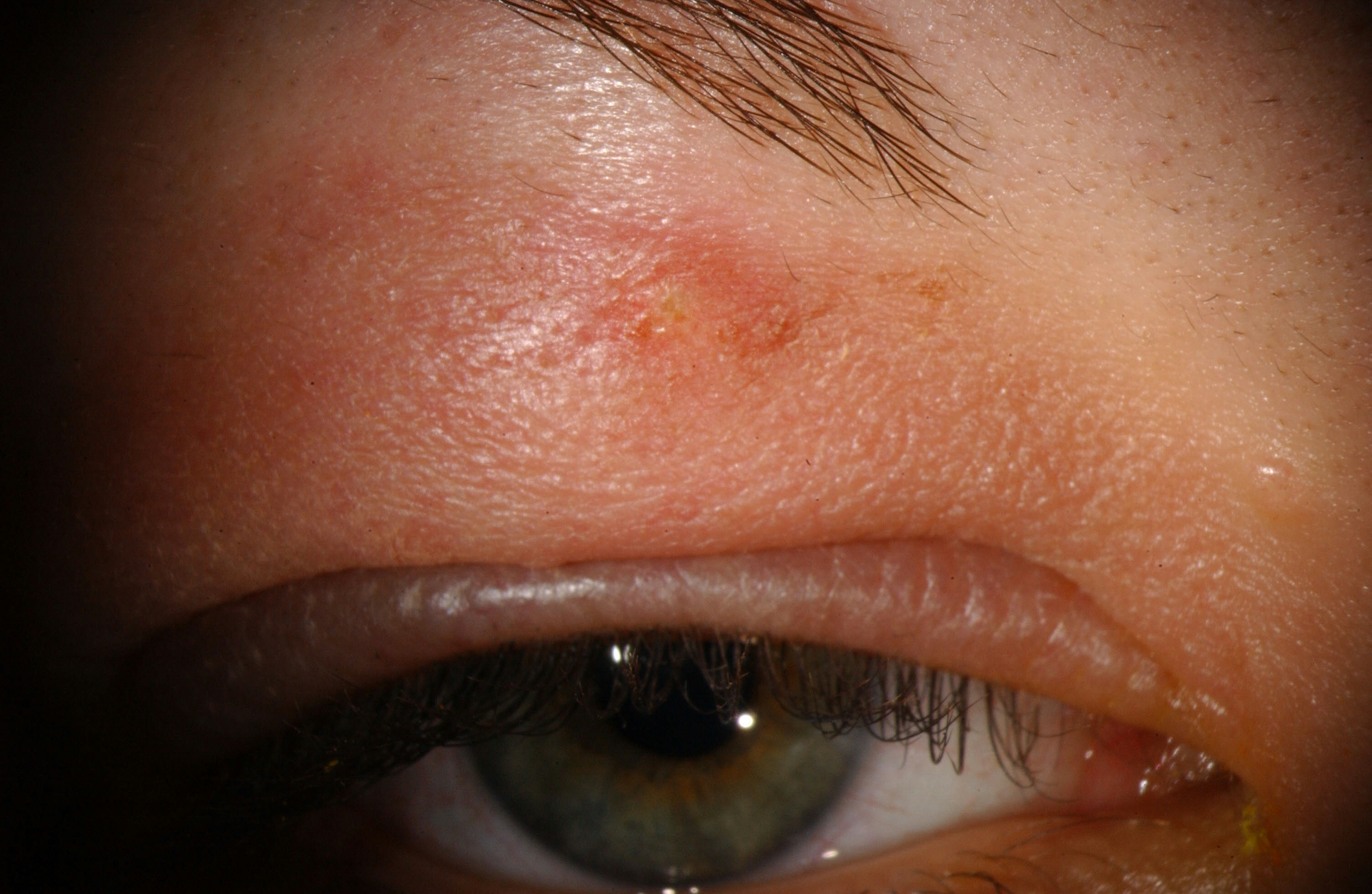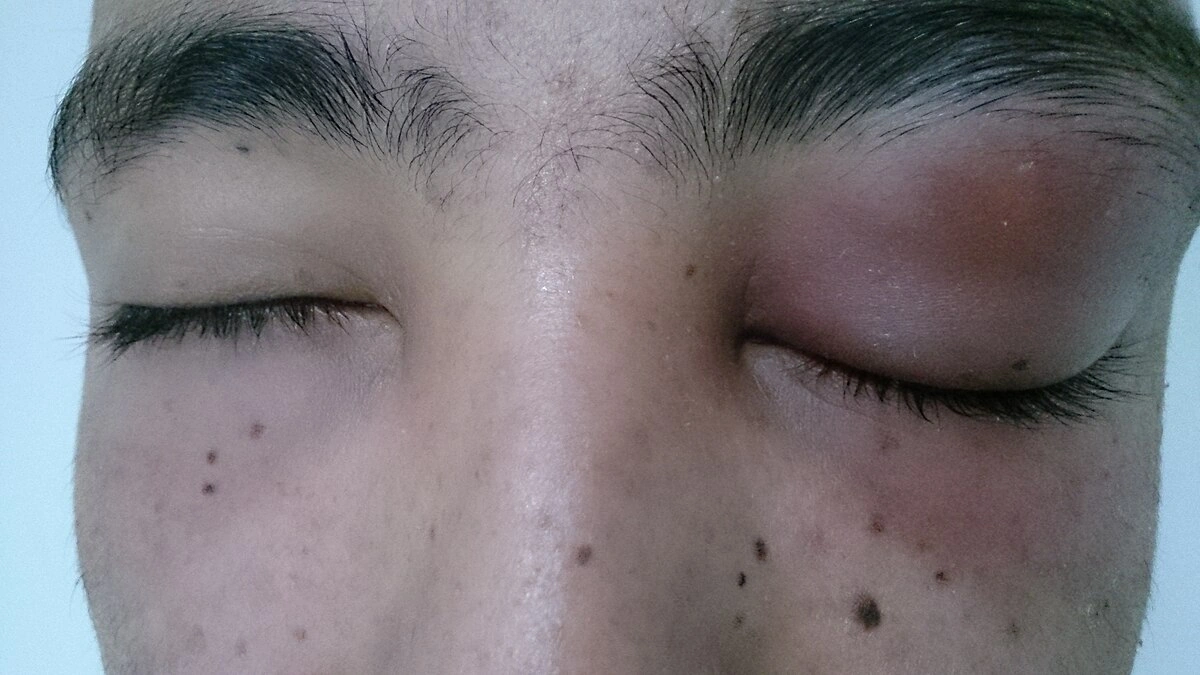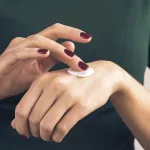
When Eyelid Swelling Hits
You know that instant spike of panic when you wake up, stumble into the bathroom, look in the mirror, and your eyelid is swollen up like you went ten rounds with a bee? I’ve been there. My kid had it once after what seemed like a harmless mosquito bite—a bit of eye rubbing, a sleepy morning—and suddenly: red, warm, puffy, and just plain weird-looking. Cue the frantic Google search and all the worst-case scenarios spinning in your head.
Turns out, this kind of thing has a name: preseptal cellulitis. It’s way more common than you’d think, often not as dangerous as it first appears, but still… you can’t just ignore it. And if you care about sorting it fast—so insurance doesn’t mess you around or your doctor doesn’t start guessing—you need to know about the preseptal cellulitis icd 10 code. But hey, let’s not get ahead of ourselves. Let’s break this down the way your friend at the gym or the school gate would: stories, simple terms, and a dose of realness.
Why That Eye Drama Happens
Wait, What Even Causes This Stuff?
So, why does an eyelid suddenly decide to go rogue? Short answer: bacteria are little opportunists. The skin around your eye is soft, thin, and, honestly, doesn’t heal as fast as you want. A sinus infection hanging out next door, a bug bite, a cat scratch, or even vigorous face-washing can let bacteria slip inside. The result? Infection sparks up just in front of the eye’s protective septum—hence “preseptal.”
My favorite metaphor: it’s like the bouncer at the club entrance. Preseptal cellulitis is trouble that starts outside, before it gets past security. Orbital cellulitis? That’s if it sneaks behind the bouncer—deeper into the eye socket—and that’s way more serious. But most cases, especially in kids, stay “preseptal,” and with quick action, don’t go any further.
Some Usual Suspects
Here’s how it usually plays out in real life:
- Sinus infections refusing to mind their own business
- Minor trauma: that rogue mascara wand, adorable yet dangerously enthusiastic pets, or classic playground mishaps
- Bee and mosquito stings right on the eyelid (why do bugs seem to LOVE eyelids?)
- A scratch from itching after allergies or just… life
It almost never feels like the start of an infection, just something minor—until it’s not.
Preseptal vs. Orbital: Why It’s Easy to Mix Up
| Feature | Preseptal Cellulitis | Orbital Cellulitis |
|---|---|---|
| Redness & swelling | Around eyelid, outside the eye socket | Deeper and may swell entire eye area |
| Vision loss | Nope, vision stays clear | Often blurry or double vision |
| Eye movement pain | No pain when moving eyes | Painful or hard to move eyes |
| Fever/high risk | Mild, not always feverish | Higher fevers, needs hospital |
So, if you’re checking yourself (or someone you care for): If vision stays normal, you can move your eyes, and it’s only the eyelid puffing up—not the whole globe—it’s probably preseptal. If not? Get medical help, stat. There’s a reason the ICD-10 splits these up. Check out more specifics in our preseptal cellulitis icd 10 guide.
Spotting the Red Flags Early
Is It Really Just Allergies?
Let’s keep it honest—most of us want to write it off as allergies or maybe fatigue. I mean, kids rub their eyes all year. Grown-ups don’t get enough sleep, adulting is hard… but preseptal cellulitis throws some curveballs you shouldn’t ignore.
Picture this: Your six-year-old’s eyelid looks like a little red balloon, tender to the touch, warmer than the other side. Maybe there’s a tiny scab from a scrape, or nothing obvious at all. No blurry vision, though, and they can still dart their eyes to the side without complaint. Maybe they’re even running around like nothing’s wrong, except for one red, puffy eye.
Checklist: Should You Worry?
- Red, puffy eyelid (sometimes both, but usually just one)
- No vision loss—things still look clear
- No pain when your eyes dart around (pain is a bigger deal)
- Warm to the touch (use the back of your finger)
- Mild or no fever—though sometimes there’s a low one
Think of this as a “better safe than sorry” checklist. Don’t try to tough it out—see a doctor early. The sooner you get seen, the sooner you can avoid bigger issues. Plus, getting the right code for preseptal cellulitis icd 10 (yep, it matters for care and insurance!) gets the whole system moving in the right direction preseptal cellulitis icd 10per Cleveland Clinic health info.
When to Drop Everything and Get Help
- Sudden or severe pain inside or behind your eye
- Vision changes—blurry, double, hard to focus
- Fever that spikes or leaves you feeling really unwell
- You (or your kiddo) just look off—if your gut says it’s more than “just puffy”
If any of that happens, you need to get checked out right away. Seriously. Orbital cellulitis is nothing to mess with.
How Docs Diagnose—And Why the ICD-10 Code Matters
Ever Wondered About Those Numbers in Your Chart?
Okay, real chat: Have you ever glanced over a clinic note or insurance bill and seen those random numbers—L03.213 or something like that? It’s not just doctor-speak to confuse us. The preseptal cellulitis icd 10 code—L03.213—actually ensures your diagnosis is recognized by every step in the healthcare process, from hospital treatment to getting the right medication coverage documentation guide on icdcodes.ai.
My cousin works insurance claims and always gripes about “incomplete paperwork,” especially when docs get preseptal and orbital mixed up. It can slow your care and even mess up reimbursements. So yeah, knowing about preseptal cellulitis icd 10 isn’t just helpful for doctors—it’s helpful for you, too.
How the Diagnosis Usually Goes
- Physical check: Doc looks for swelling, redness, tenderness, and makes sure your vision is okay
- “Look up, look down, look left, look right”—do your eyes hurt? Can you see clearly?
- Sometimes, if it looks severe or unclear, you get a CT scan to make sure it isn’t deeper
- Blood tests or swabs (especially with fever or draining pus), to ID the bug causing trouble
All of this gets bundled up in your chart with the right ICD code to keep treatment and records tidy. Small detail, big difference.
ICD-10 Table: Get the Right Code
| ICD-10 Code | Condition | When Used |
|---|---|---|
| L03.213 | Preseptal cellulitis (Periorbital) | Eye swelling in front of the orbital septum |
| H05.01– | Orbital cellulitis | Infection deeper, involving the eye socket |
| H00.031 | Eyelid abscess | Abscess (pus formation) instead of cellulitis |
Accurate codes save you time and money—not to mention anxiety.
Treatment: Fast, Simple, and Doable at Home
Can I Really Handle This at Home?
Here’s the best part (and a huge relief for most parents reading this): for healthy adults and kids with mild preseptal cellulitis, the routine is all about antibiotics. No need to barricade yourself in a bubble or freak out. The right oral medication, usually for 7–10 days, is all it takes in most cases. If it’s caught early and there aren’t red-flag symptoms, you won’t even need to stay in the hospital according to StatPearls review.
Here’s a personal tip: If you’re prescribed antibiotics, finish the full course—even if things start looking better after a few days. Skipping doses or stopping early is the fast lane to a comeback infection. Learned that one the hard way (twice… don’t be me).
Common Treatment Plan
- Oral antibiotics (like amoxicillin/clavulanate or clindamycin)
- Mild pain relief—acetaminophen or ibuprofen (skip aspirin for kids)
- Warm compresses for comfort (not too hot, don’t burn yourself!)
- If you’re not getting better, or if the swelling spreads, go back for stronger meds or IV antibiotics
Kids under 1, anyone with a big fever or who looks sick, or if things just aren’t improving—those folks will start with IV antibiotics in hospital. Doctors play it extra cautious for the littlest ones.
Don’t Forget the Preventive Stuff
- Wash hands before touching your face
- Treat any cuts or bug bites on the face quickly
- Avoid rubbing your eyes especially when allergy season hits
- Keep allergy symptoms under control—less rubbing means fewer breaks in the skin
And yes, a healthy immune system—bedtime routine, nutritious foods, and staying active—really does make a difference. Not rocket science, but sometimes the hardest habits to start. I always say, “Moving your body keeps your body moving.”
When It’s More Than “Just” An Infection
Occasionally, the infection gets deeper, or turns into a small abscess that needs to be drained by a healthcare pro. That’s rare, but you might see your doctor draw a line around the redness with a marker—old school but so smart. It helps spot if things are improving or spreading. And fun fact: cell phone photos can help track changes, so don’t delete those “selfie updates”—they’re oddly useful!
For anyone keeping tabs on their medical record, be sure that preseptal cellulitis icd 10 (L03.213) gets logged. It’s not just paperwork; it keeps future care simple and insurance fair preseptal cellulitis icd 10.
Wrapping Up: Your Takeaway and Some Cheer
If you’ve made it this far, you’re already ahead of the curve. Here’s the bottom line, like a note from a friend: Preseptal cellulitis is scary in the moment, but it’s almost always fixable and rarely leads to long-term trouble if you catch it early. Trust your gut, trust the red-flag signs, and trust your doctor. And yes, making sure the right term (preseptal cellulitis icd 10: L03.213) gets onto your records actually does help everything run smoother—from pharmacy to follow-up. I wish I’d known that the first time I scrambled to explain my son’s swollen eyelid to every nurse in a 10-mile radius.
So, if your eyelid puffs up, don’t panic—get it checked, follow the steps, and keep that bouncer (the orbital septum!) doing its thing. If you want to dig deeper, check out more on preseptal cellulitis icd 10—because knowing is half the battle. Stay curious, stay healthy, and go rock your day—one un-swollen eyelid at a time! And hey, if you’ve had a wild eyelid adventure, share your story below. Someone else (probably panicked and sleep-deprived) sure could use that reassurance right now.


















Leave a Reply
You must be logged in to post a comment.